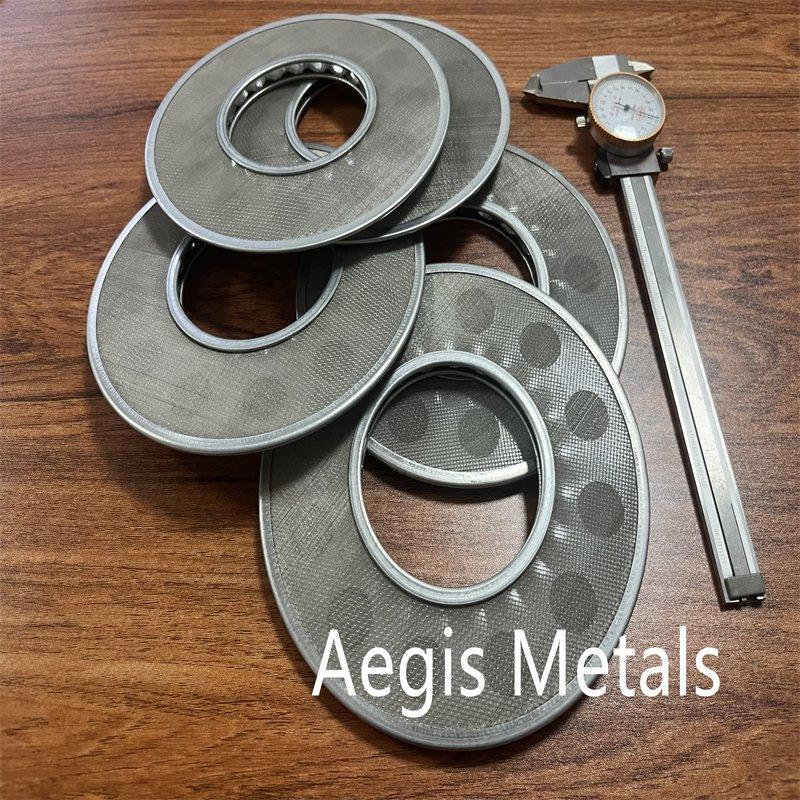Understanding SPL: Significance and Applications

Introduction to SPL
SPL, an abbreviation for Sound Pressure Level, is a crucial measurement in acoustics that quantifies the pressure of a sound relative to a reference level. It plays an important role in various sectors including environmental noise assessment, audio engineering, and industrial health standards. Understanding SPL is significant for researchers, engineers, and the general public, particularly concerning noise pollution and audio quality.
The Basics of Sound Pressure Level
SPL is measured in decibels (dB), a logarithmic unit reflecting the ratio of a particular sound pressure to a reference level, typically 20 micro pascals in air. This measure not only indicates the intensity of sound but also correlates with how this sound is perceived by the human ear. In terms of application, SPL readings are essential in designing sound equipment, ensuring compliance with noise regulations, and conducting risk assessments for hearing damage in occupational settings.
Recent Developments and Findings
Recent studies highlight the growing concern over urban noise levels, with cities around the world reporting much higher SPLs than recommended. For instance, the World Health Organization indicates that prolonged exposure to SPLs above 70 dB can lead to hearing loss. Furthermore, advancements in technology have led to improved sound level meters that allow for more precise measurement of SPL, helping to monitor and manage noise pollution effectively.
SPL in Everyday Life
The role of SPL is evident in many everyday scenarios, from ensuring that concerts are enjoyed without hearing damage to measuring ambient noise in residential areas. Many local councils in the UK are using SPL tracking as part of their strategies to combat noise pollution and improve public health. Innovations in urban planning now incorporate SPL assessments to design quieter living environments.
Conclusion and Future Perspectives
Understanding SPL is crucial for several fields and directly impacts public health, audio engineering, and environmental policies. As technology improves, and awareness of the implications of high SPL increases, we can expect further developments in regulations and innovations aimed at minimising harmful sound exposure. Future efforts will likely focus on refining standards, improving sound management strategies, and integrating SPL monitoring into urban development plans to foster healthier living conditions.
